Swiss Air Force to get Swedish jets
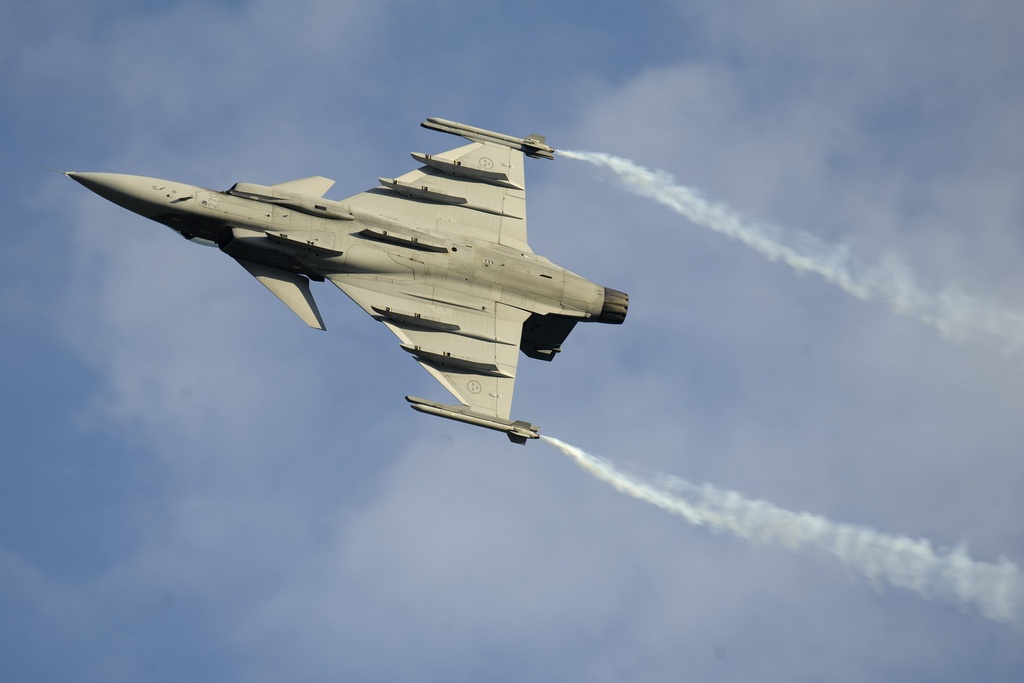
Switzerland has chosen the Gripen fighter jet manufactured by Sweden’s Saab group to replace the Air Force’s fleet of US-made F5 Tigers.
The decision, based on the recommendation of Defence Minister Ueli Maurer, has drawn fire in the Thursday newspapers.
One of the main criticisms is that the jet, which is still a prototype, might not get enough takers to ensure that it and its parts are actually available when needed.
“One is bound to a manufacturer for 40 years when purchasing aircraft. But the Gripen might be discontinued if there are too few orders,” pointed out the Tages-Anzeiger newspaper.
The La Liberté newspaper featured a political cartoon showing Maurer struggling with tools, instructions and a tower of Ikea boxes – hinting that the jets might not be the bargain they appear to be. Le Temps ran a similar cartoon.
Parliament has to approve the choice before the order can be placed.
“Yet even if they clear the parliamentary hurdles, it is uncertain whether the 22 Gripen will ever land in Switzerland,” said Der Bund newspaper, echoing the fears of the Tages-Anzeiger.
“Clever” choice
The Gripen was in competition with the Rafale, made by the French Dassault company and the Eurofighter of the EADS group – a European consortium headquartered in Paris and Munich.
Le Temps described Maurer as clever for selecting the more “modest and reasonable” option, noting that the Rafale would have been shot down for its “excessive” price and because of “verbal attacks and the arrogant attitude of French leaders toward Switzerland”.
“In opting for the Saab Gripen, the government chose a fighter jet that meets military requirements while also going for a solution that is financially acceptable for the defence ministry and for the armed forces, in both the medium and long term,” a ministry statement explained.
Maurer told a media conference on Wednesday that the Gripen was by far the cheapest option of the three aircraft in contention.
He put the total cost of the fleet of 22 aircraft at about SFr3.1 billion ($3.4 billion).
While not questioning the capabilities of the other two aircraft, Maurer pointed out that the extra cost would have left less room for manoeuvre in the overall defence budget, which has also to cover the operation of an army of 100,000 and the upgrade of equipment.
“The best army in the world does not consist of the world’s best aircraft plus halberds,” he said.
The government had wanted to defer the purchase of the fighters while looking for a method to finance it, but had come under pressure from parliament to take a decision.
Properties unclear
The Gripen had not been chosen because it was the “latest and most up to date fighter”, Maurer said, but rather because it was the one “most suitable” for Switzerland.
He added that it had come out better in some areas than in others in the evaluation, but he refused to be drawn on details, saying that the government was bound by an agreement with the three companies not to publish the results of the assessment.
As yet the Gripen model that the Swiss will buy exists only on paper. It is to be developed on the basis of an already existing jet, and it is possible that final assembly will take place in Switzerland.
Muted enthusiasm
There has been a mixed reaction to the decision by political groups.
Those who had been calling for a speedy purchase were muted in their enthusiasm for the choice, but welcome the fact that a decision had been made.
Position papers by the Swiss Officers’ Society and the rightwing People’s Party described it as “an important step towards the procurement of a new fighter jet and the implementation of parliament’s most recent decisions on the army”.
The two groups do not go into details about the qualities of the Gripen, although the officers say they presume the jet has “the qualities needed by a modern air force”.
But both warn that the purchase of the aircraft must not be at the expense of other parts of the army, stressing that shortcomings in equipment need to be made good.
The centre-right Christian Democratic Party, which has been split over the need for the new fighters, told the Swiss News Agency that as far as it was concerned the decisive issue was the financing of the purchase.
Gleam of hope
Opponents of any purchase of fighter jets want the decision to be put before Swiss voters. If necessary, the pacifist group Group for Switzerland without an Army and the Greens say they will launch an initiative calling for a moratorium on the purchase.
They had previously collected the requisite 100,000 signatures needed to call a vote on the issue, but had withdrawn it when the government announced that it would postpone buying the jets.
But the opponents see a gleam of hope in Wednesday’s decision.
A Green Party statement claimed that it is “an open secret” that the Gripen was bottom of the list for most members of the Air Force.
“So it is conceivable that the government, which does not want to buy any fighters at the moment, chose the Gripen because it is the one with least support in parliament,” the party said.
Swedish pride
The winning manufacturer, Saab, said on its website that it was “both proud and delighted” at having been chosen.
“The Swiss type-selection confirms that Saab is a market-leader in the defence and security industry and that Gripen is a world-class fighter system that provides the best value for money,” it quoted Saab president and CEO Håkan Buskhe as saying.
It added that the programme would create a long-term partnership between the two countries “aimed at creating sustainable high tech jobs, transferring technology and generating export business”.
Saab shares ended the day 10.96 per cent up.
The official information brochure of the Air Force lists its missions as follows:
to protect Switzerland’s airspace
– guaranteeing air sovereignty
(including air policing tasks)
– guaranteeing air defence
to carry out air transport operations
to gather and disseminate intelligence for the political and military leadership
The Air Force was established in 1914 with a few men flying mainly civilian aircraft.
It became an autonomous military service in 1936.
Its prime role was to support ground troops, and it had the additional task of defending the sovereignty of Swiss airspace.
During the Second World War it had a number of successful encounters with the German Luftwaffe, but later abandoned the policy of intercepting aircraft, as incursions by planes from all sides became more frequent.
During the Cold War, when Switzerland had a policy of mobile defence, the Air Force flew on some missions outside its own territory.
However, a change of policy in 1995 made control of Swiss airspace its main priority.
A popular initiative to ban training flights over tourist areas was defeated in 2008.
The 22 new fighters are to replace the ageing fleet of 56 F-5E/F Tigers, bought between 1976 and 1978.

In compliance with the JTI standards
More: SWI swissinfo.ch certified by the Journalism Trust Initiative
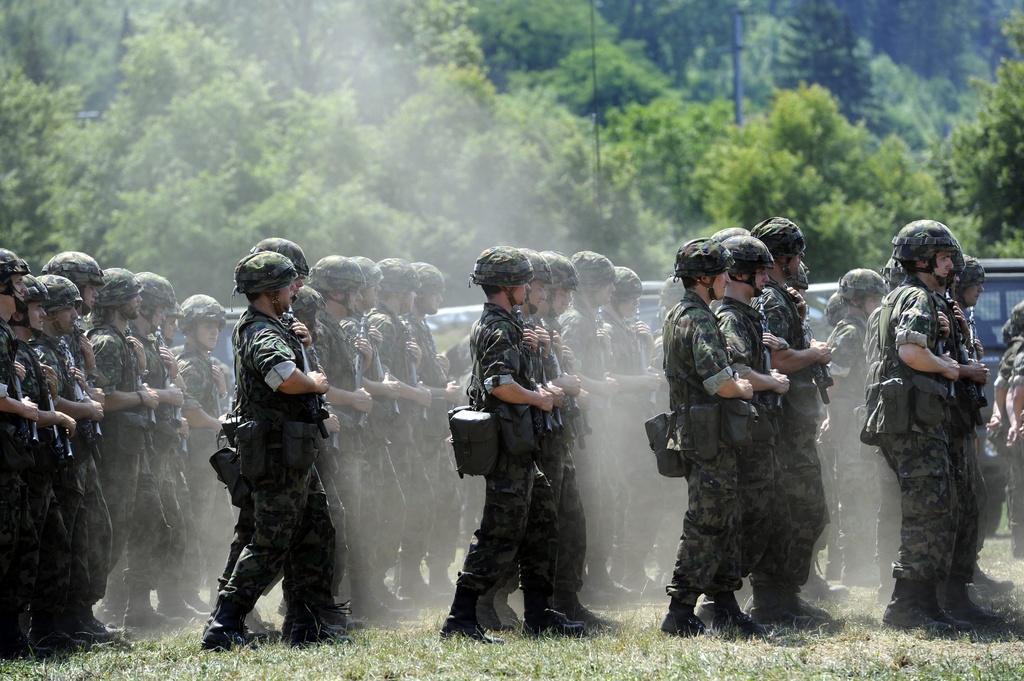
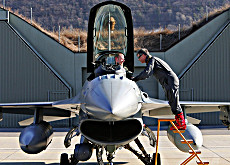
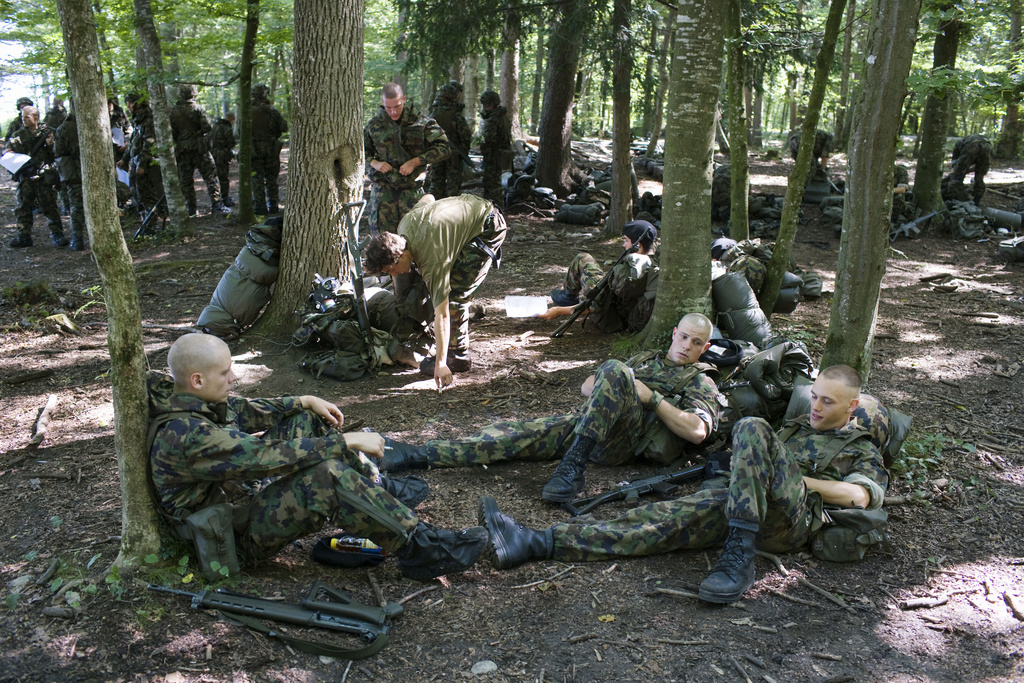
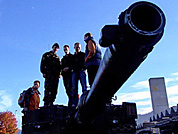
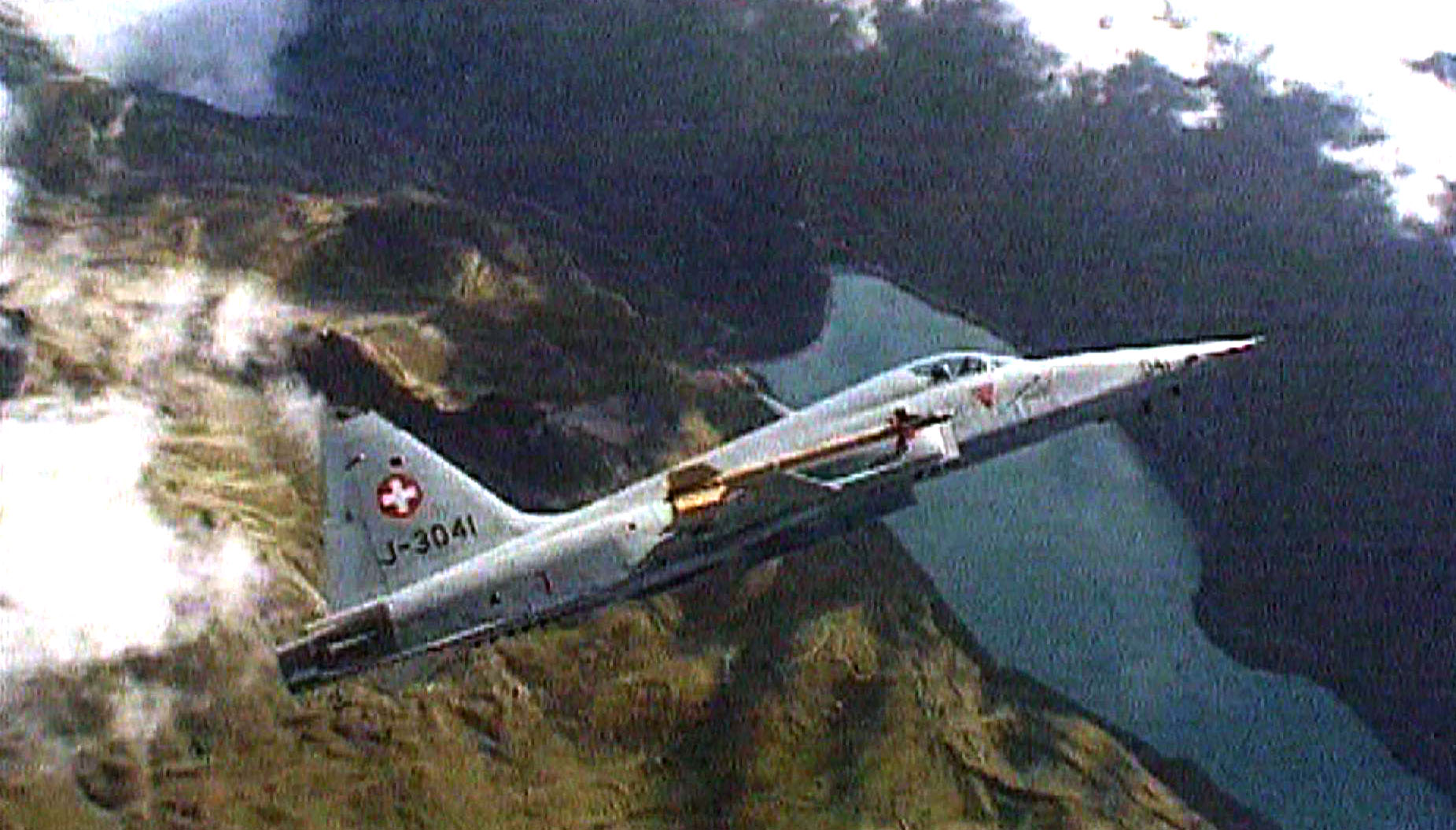
You can find an overview of ongoing debates with our journalists here. Please join us!
If you want to start a conversation about a topic raised in this article or want to report factual errors, email us at english@swissinfo.ch.